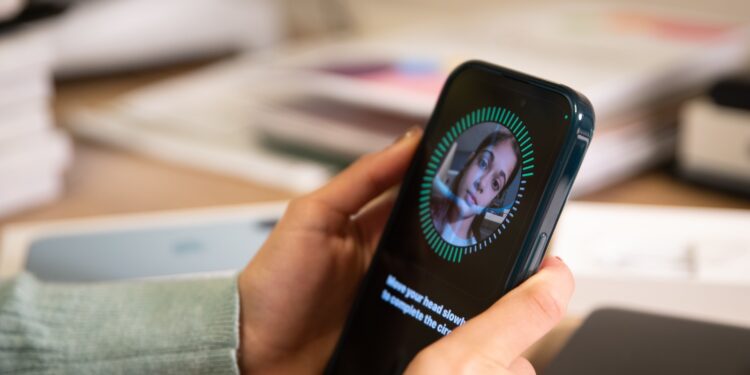Apple is apparently working on a fundamental change for the iPhone 18 Pro. A leaker from China reports that Apple is testing Face ID under the display. This would mean no more Dynamic Island, but only a small hole for the camera. The technology behind it, however, is anything but simple. Find out what exactly is planned, which models are affected, and why the timing is unusual here.
The information comes from Digital Chat Station, a leaker with strong ties to Apple's supply chain. On the Chinese social network Weibo, he claimed that Apple is testing 3D facial recognition under the display on the iPhone 18 Pro and iPhone 18 Pro Max, which are scheduled to launch in 2026. This statement fits with a report from The Information, which also suggested that Apple plans to hide the Face ID components under the display. Well-known analyst Ming-Chi Kuo also supports this assumption.
Face ID under the display: This is what Apple is planning
Until now, Apple has relied on two visible cutouts in the display to accommodate the TrueDepth sensors and the camera. This will be different with the iPhone 18 Pro. A single small opening is planned for the camera, while Face ID will work completely invisibly behind the display. This is technically difficult. Face ID is more than a camera - it is an infrared-based system that projects thousands of dots onto your face to create a depth map. These IR dots must also work through the OLED display. And that is precisely the challenge: OLED panels block or scatter infrared light, making recognition more difficult. According to the report, Apple is testing solutions in which certain parts of the display allow more IR light to pass through. At the same time, new hardware and software components must be developed to minimize signal loss and image distortion. The goal is for the Face ID installed under the display to work just as reliably and securely as the current system (via Weibo ).
Selfie camera remains – with new technology
For the front camera, Apple is planning a single pinhole camera with so-called HIAA (Hole-in-Active-Area) technology. This involves laser-cutting a small hole directly into the active area of the OLED display, minimizing the loss of display space. This technology originally came from Samsung and is already used by several display manufacturers.
Only the Pro model gets the new system
Important: Only the iPhone 18 Pro and iPhone 18 Pro Max are expected to receive the new under-display Face ID system. The standard iPhone 18 and an additional planned model called the iPhone 18 Air are expected to continue using the existing solution with two notches, i.e., with Dynamic Island. The timeline is also interesting. According to the report, the standard iPhone 18 model is not expected to be released until spring 2027 – about six months after the Pro versions. This would mean that Apple is adapting its current strategy of an annual iPhone launch. The new entry-level devices would then follow as a separate cycle.
Apple tests Face ID under the display – not for all models
According to multiple sources, Apple is actively working on relocating Face ID under the display on the iPhone 18 Pro. Implementation is technically challenging, as infrared light only works to a limited extent through OLED displays. The solution could lie in a mix of revised hardware components and new software algorithms. While the iPhone 18 Pro and Pro Max are expected to benefit from the new technology, everything will remain the same for the time being for the standard iPhone 18 and the new iPhone 18 Air. Also striking is the change in release schedule: The Pro models will arrive in 2026, the standard models six months later in spring 2027. (Image: Shutterstock / Pranav Kukreja)





